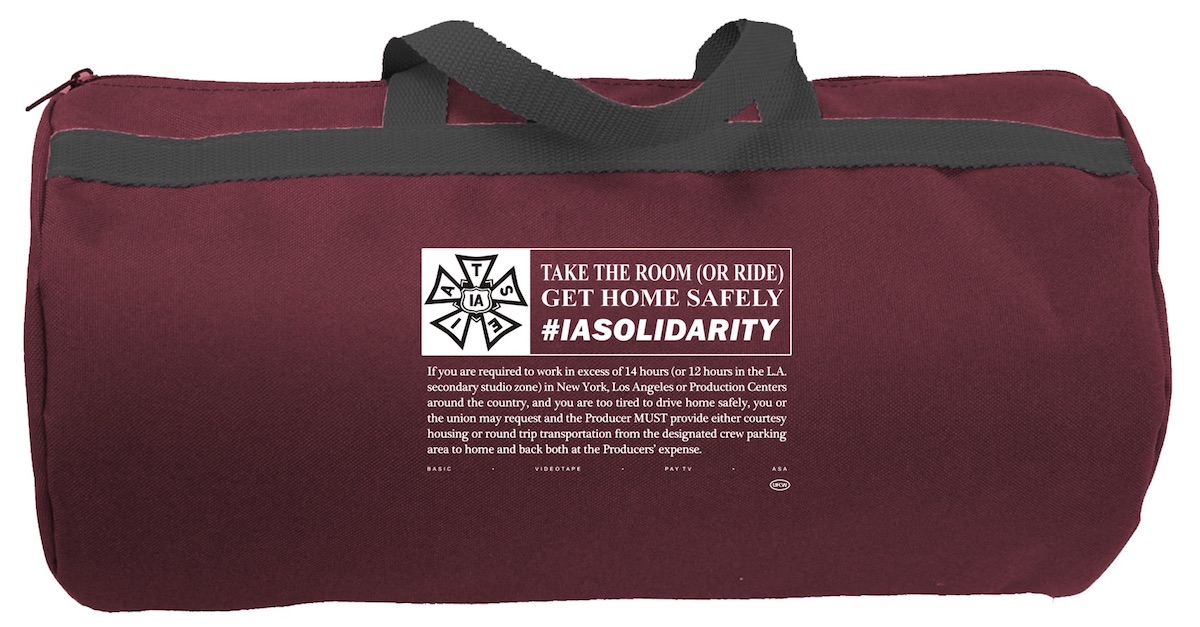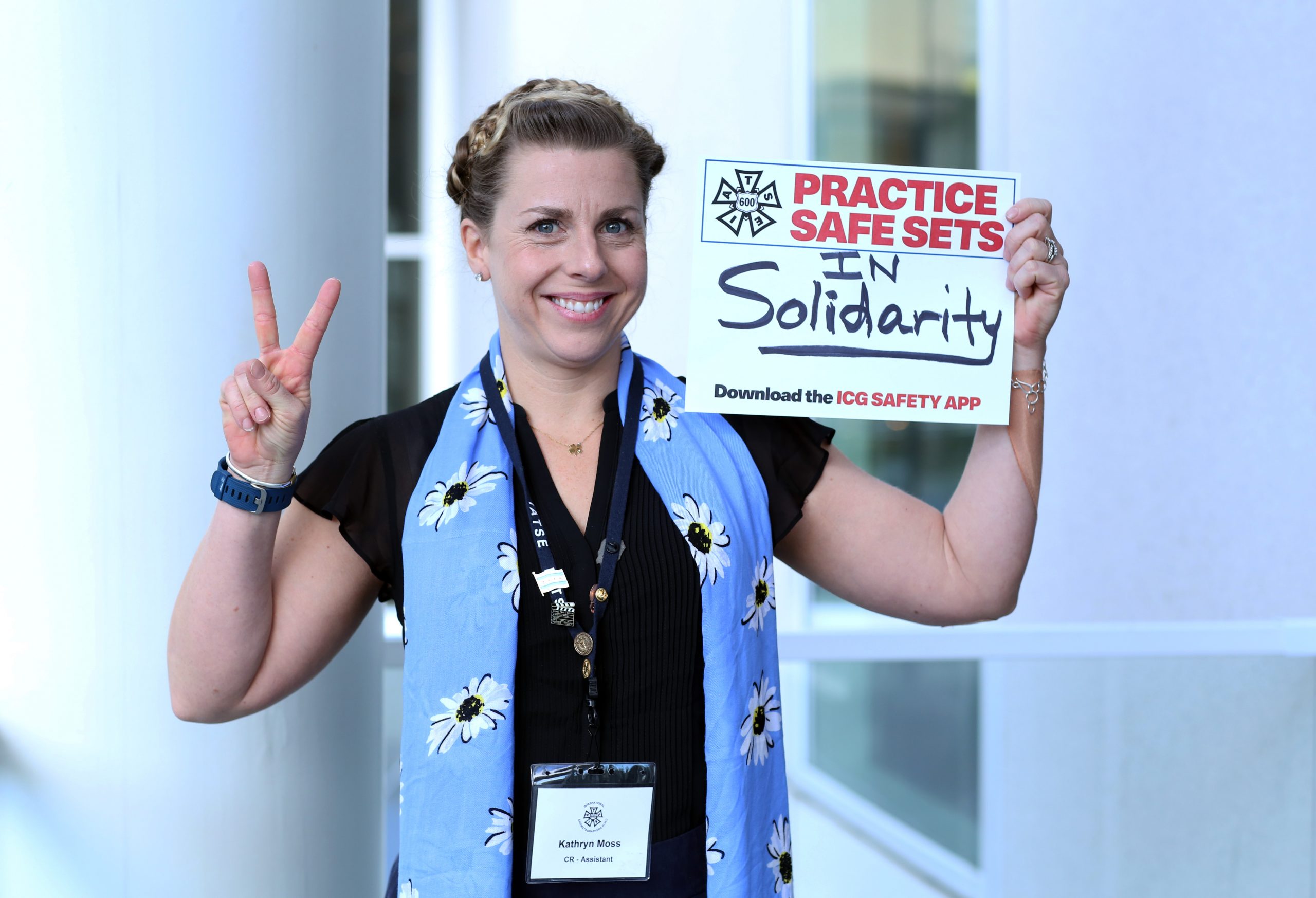Meet the Union Workers Who Are Creating a Culture of Safer Sets Every Single Day.
by Pauline Rogers
Experts agree on this point: when it comes to safety, the film and TV industry has been complacent for too long. In the 1980s, if filmmakers needed to capture the majesty of the Cabrillo Highway in California’s stunning Big Sur region, they would find camera operators willing to hang out of an open helicopter, one arm through a strut, the other holding a camera on their shoulders. The same went for visualizing the real power of a horse stampede. Producers could easily hire an operator to ride backward in the saddle, in the middle of the pack, with a camera on their shoulder.
And there are many more such stories. One is a sequence in the 1992 Orion Pictures feature Love Field, where the crew was doing a tractor-trailer jackknife accident stunt that was so dangerous there was a good possibility the stunt actor would be fatally injured! Everyone on his team came up and hugged him before the stunt, in case he didn’t survive. (No lie.)
Unbelievable? Outrageous? Unthinkable?
Yes to all of the above, but back in the (not so long ago) day, accidents were considered a part of the job. Some are still referenced, while others have receded from the industry’s collective memory.
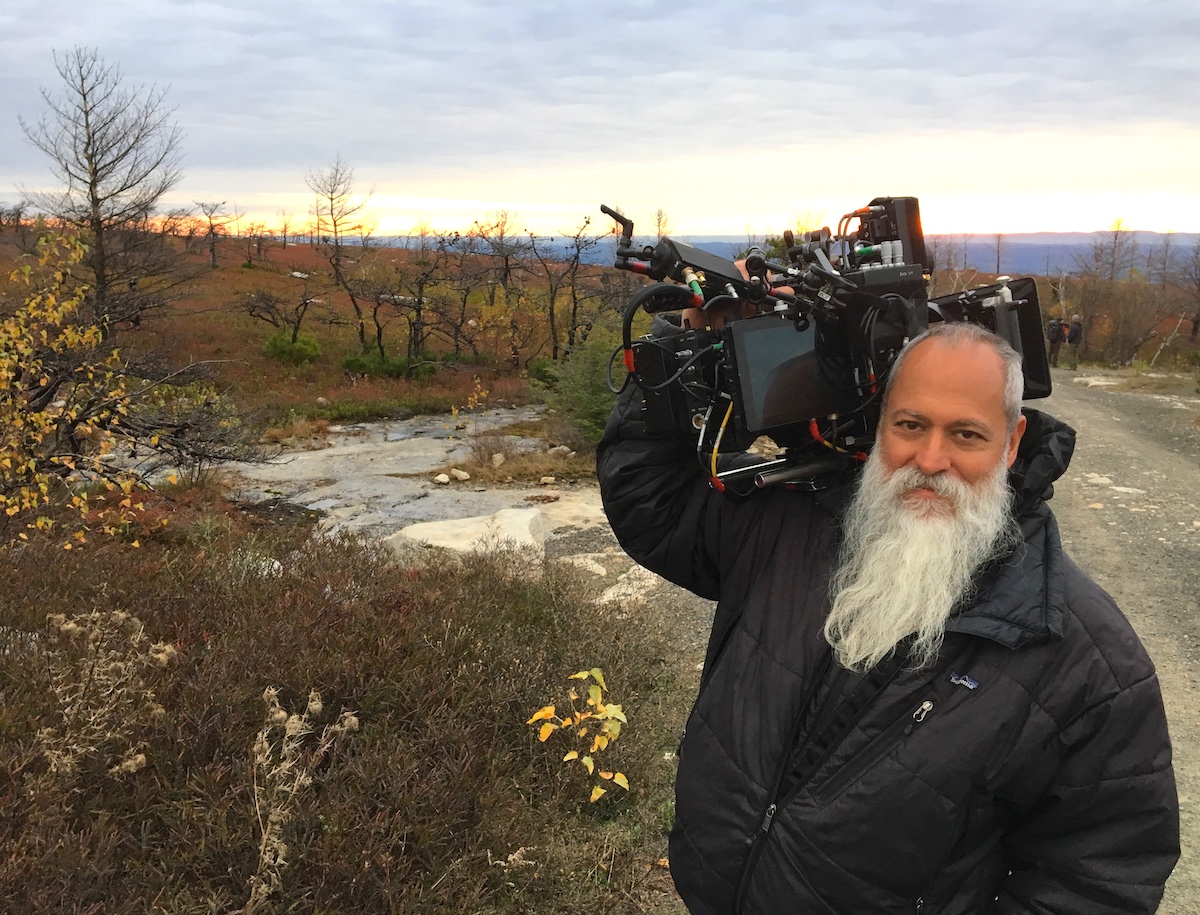
Take, for instance, the grip who fell to his death from the perms at Sony Studios on The Indian in the Cupboard (1995); or the fatal electrical injury to a grip on the plate unit for Dinosaurs (2000) caused by a too-close crane. Twenty-six years ago, Brandon Lee (the son of martial artist legend Bruce Lee) died from injuries sustained from a homemade dummy round unknowingly jammed in a prop gun. The Miramax feature, The Crow, was days away from completion when Lee, who was not yet 30, was fatally wounded.
The most prominent accident in modern movie history was the crash of a stunt helicopter (due to nearby pyrotechnics) during the John Landis-directed Twilight Zone: The Movie, in 1982. The lead actor in the sequence, Vic Morrow, lost his life, along with two child actors (the sequence was shot in Santa Clarita, CA but set in Vietnam) who had been hired illegally to circumvent California’s child labor laws. The deaths led to a high-profile case, where no one individual was found criminally culpable.
While some of these incidents have faded from view, allowing for a culture of safety complacency, others brought about lasting changes. (The Indian in the Cupboard accident led to the creation of Local 80’s Safety Committee and the development of high-fall protections, harnesses, lifelines and fixed systems at all the studios.) Without question, the 2014 death of Local 600 camera assistant Sarah Jones, on the Georgia set of the indie feature Midnight Rider, inspired the present-day rallying cry for safer industry sets. IATSE Local 798 hair stylist Joyce Gilliard, who was struck by the same train that killed Jones, says her first lesson from that horrible day was to “never assume everyone did their job. I thought we were safe and safety precautions were met prior to arriving onto the set,” Gilliard reflects. “And, as we all know, that wasn’t the case. I’ve also learned to speak out if I feel unsafe and not be afraid to question anything when it comes to my safety, even if it means losing my job.”
Gilliard, who travels the country to provide safety panel discussions with filmmakers and crews, has established a nonprofit organization, iSAFE! TV & FILM, to help ensure a tragedy like Midnight Rider never happens again. Gillard’s a union safety hero, and she’s not the only one. The checklist her organization provides is echoed by initiatives throughout the industry and this Guild. They include visiting Local 600’s online Safety Awareness Center, downloading the Local 600 Safety App (developed after the Sarah Jones accident as an industry-standard source for safety information, hazard reporting and long-hours reporting via the Local 600 Safety App, and the IATSE Safety App (available on Android and Apple platforms). (Recently, at the request of the international film community, Local 600 made the code for the Safety App freely available and customizable to local requirements; New Zealand is currently working on a test deployment) and online guides to Daily Safety Questions every crew member should ask before shooting as well as using the Environmental Safety Checklist.
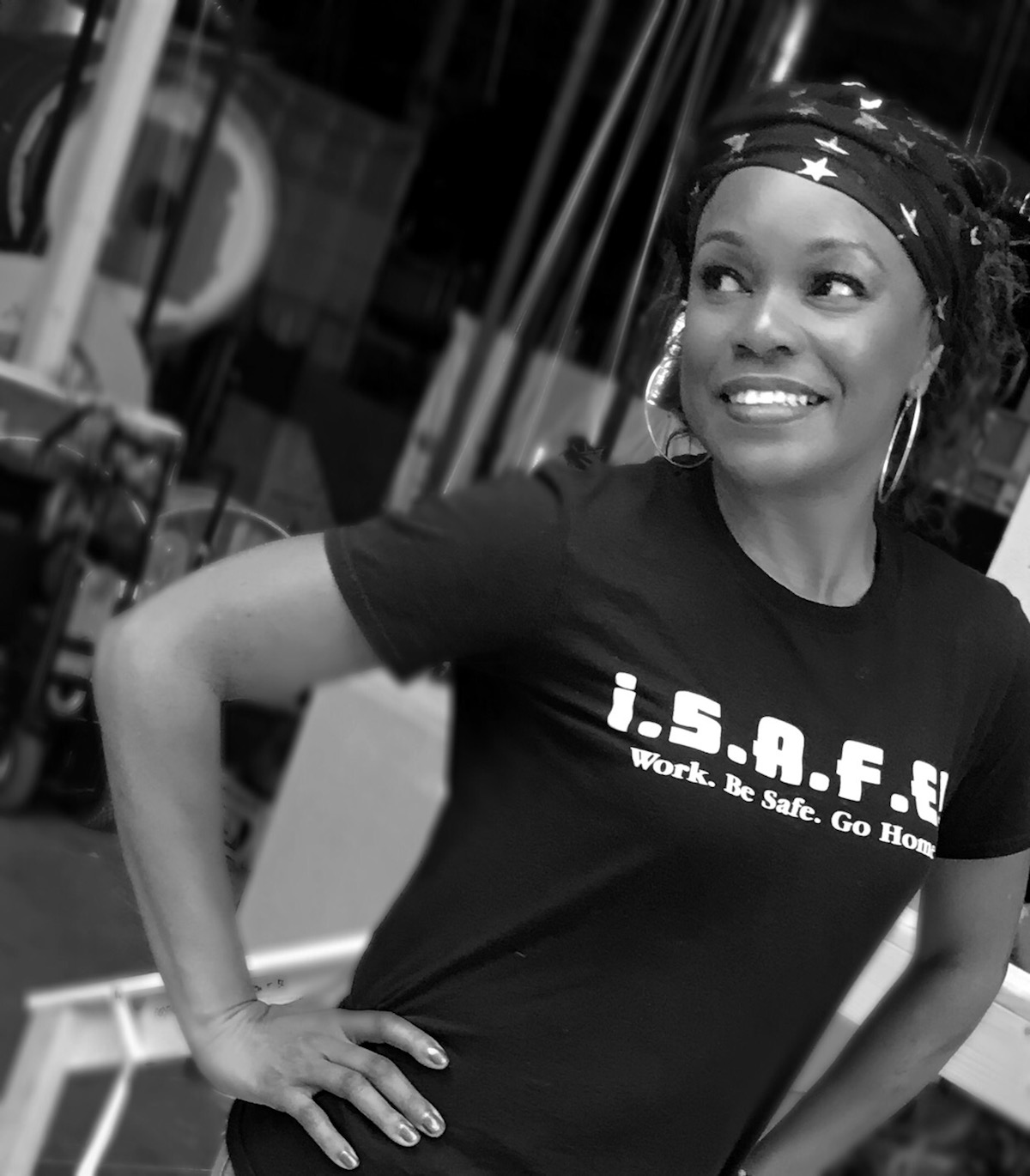
Some IATSE safety heroes have created accessible ways to get the message across. Take the crew of the former Showtime series Happyish, which was fully stage-bound, where safety should (in theory) be a no-brainer. But even sustaining simple fire lines and knowledge of all fire exits was a problem, as was convincing Production to hold safety meetings – or even look at the safety card. The solution for the AD department was a unique one.
“We just encouraged a different crew member to run the meetings every day,” recounts Happyish 2nd AD Abi O’Reilly. “They could do anything they chose. Rap. Poem. Speech. Anything that held the crew’s attention!” In fact, what happened was everyone began relating his or her own safety story, and it changed the culture on set.
Local 600 Safety Committee Co-chair Chris Taylor, SOC, has also tried the light-hearted approach, going back two decades. “I would joke about all the precautions we demanded for situations that weren’t very dangerous but warranted a safety meeting,” Taylor remembers. “We might be doing a quarter-load gunshot or a single blood squib, after being asked if we wanted any eye or ear protection, and we would list things like Lexan shield, fire extinguisher, helicopters, and so on. Looking back, I’d like to think that we weren’t making fun of safety – because quarter-loads and squibs can be dangerous – but having fun with it.”
Flash forward to Taylor’s appointment to the ICG Safety Committee, where he then had the chance to put his comedy/educational skills to the test. With no budget and a Panaflex borrowed from the SOC, he made the short video Fire in the Hole based on his past efforts.
“I sprung it on everyone as a secret project,” Taylor recalls, “because I wanted to present it in its purest form and get their honest opinions. It works because this very old inside joke finally had a grounded objective besides humorously making fun of ourselves.”
IATSE Local 80 Key Grips have always been on the frontline of safety, and there may be no better union safety heroes than J. Patrick Daily, who founded Local 80’s Safety Committee (after The Indian and the Cupboard accident), and IATSE Safety Chair Kent Jorgensen, who has been Local 80’s Safety and Training Representative since the committee was formed.
“So much of what we do is dangerous, but we don’t often realize it,” Daily shares. “I remember a show that was built on a stage to resemble shops at a Glendale Galleria-type mall. We had grills that rode up and down, and a character was supposed to be locked on the other side. But there was no exit for that actor or the crew. What if the power went out and there was a fire? No one could get in or out. We went to the Safety Coordinator, and then the Art Department. Redesign didn’t sit well with them – until the producers got into it and things changed.”
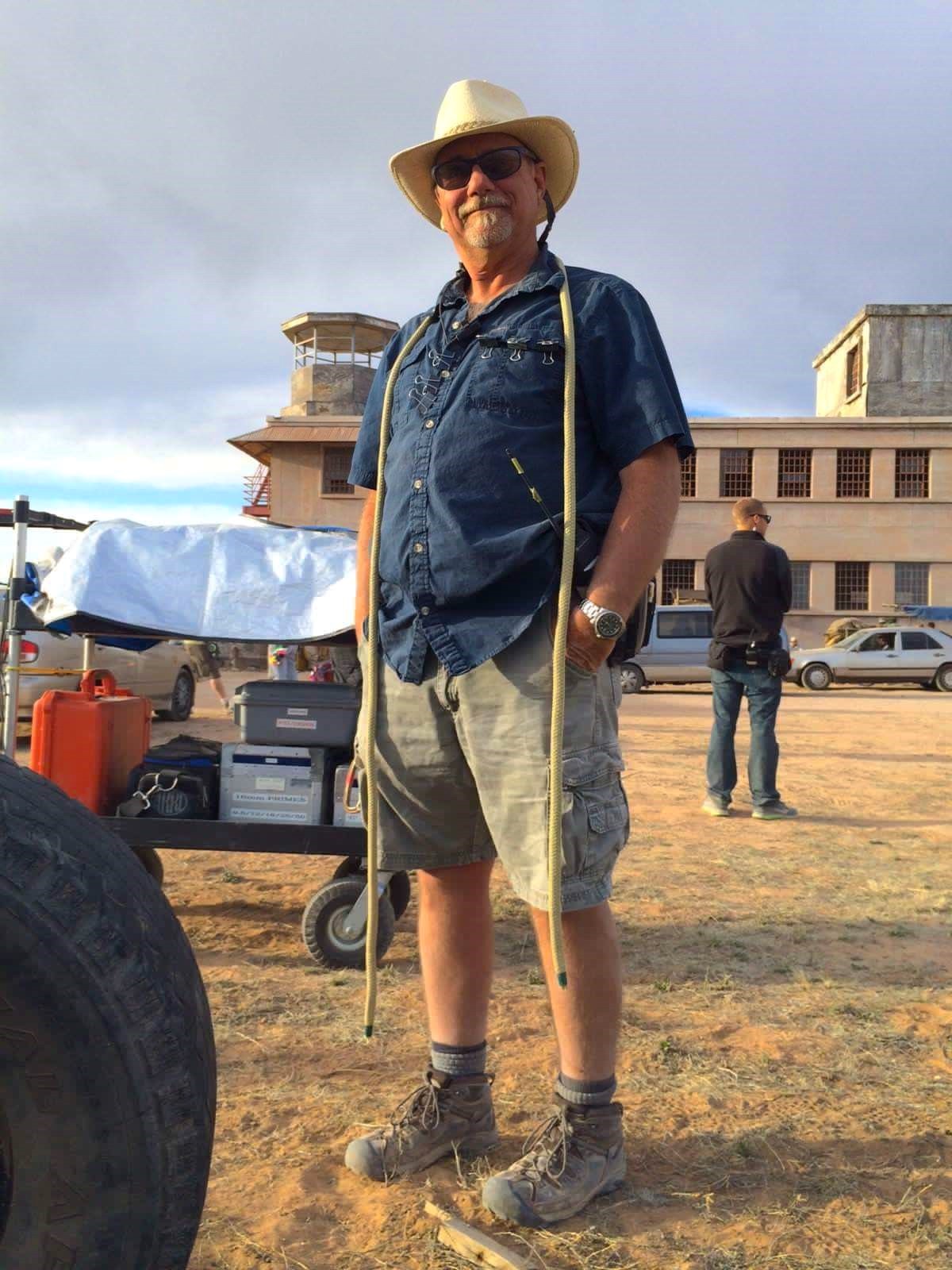
For union camera departments the issue of “free driving” – essentially the practice of a camera operator handholding a camera in a moving vehicle – has become a major concern. Local 600 safety heroes leading change on this issue are Operator Dave Chameides and ICG 2nd National Vice President John Lindley, ASC, who, after two Guild members raised concerns, contacted Dr. Cynthia Bir, a Professor at the Keck School of Medicine at the University of Southern California and the Director of USC’s Center for Trauma, Violence, and Injury Prevention. Chameides asked Bir about “blowing airbags with dummies in cars that were holding cameras,” and he, Lindley and Bir went to a company that was able to set up that very test. Lindley and Chameides witnessed six airbags blown into dummies with cameras on their shoulders and were – horrified. From this, the ICG free-driving crash test video, featuring Dr. Bir, was born.
“There is no more effective way to viscerally express the damage a camera propelled by an airbag can do to occupants inside a car than with this video,” relates 1st AC Chris Silano. “When the producers on Netflix’s Maniac saw the Local 600 video, they made sure resources were provided for proper insert car/tow rig and blue screen, instead of free driving.”
“Last year, while working on Fox’s The Resident,” adds A-camera/Steadicam Operator Mark Karavite, SOC, “I received the Local 600 email showing test results for free driving and shooting handheld. By chance, I saw on the advance schedule that we had a free-driving shot scheduled the next day. I forwarded the video to our UPM and raised the question. Within an hour, he contacted me, letting me know he’d hired a technician to disable the airbags.
“Later that day, they said they had canceled the free driving,” Karavite adds, “and came up with a safer plan via insert car. Production has instituted a regular protocol such that, in the case of possible free driving, they will deactivate the airbags or create a safer plan. The video did this.” [Editor’s Note: The Industry-Wide Labor-Management Safety Committee issued a safety bulletin on the issue in record time. Click here to read the safety bulletin].
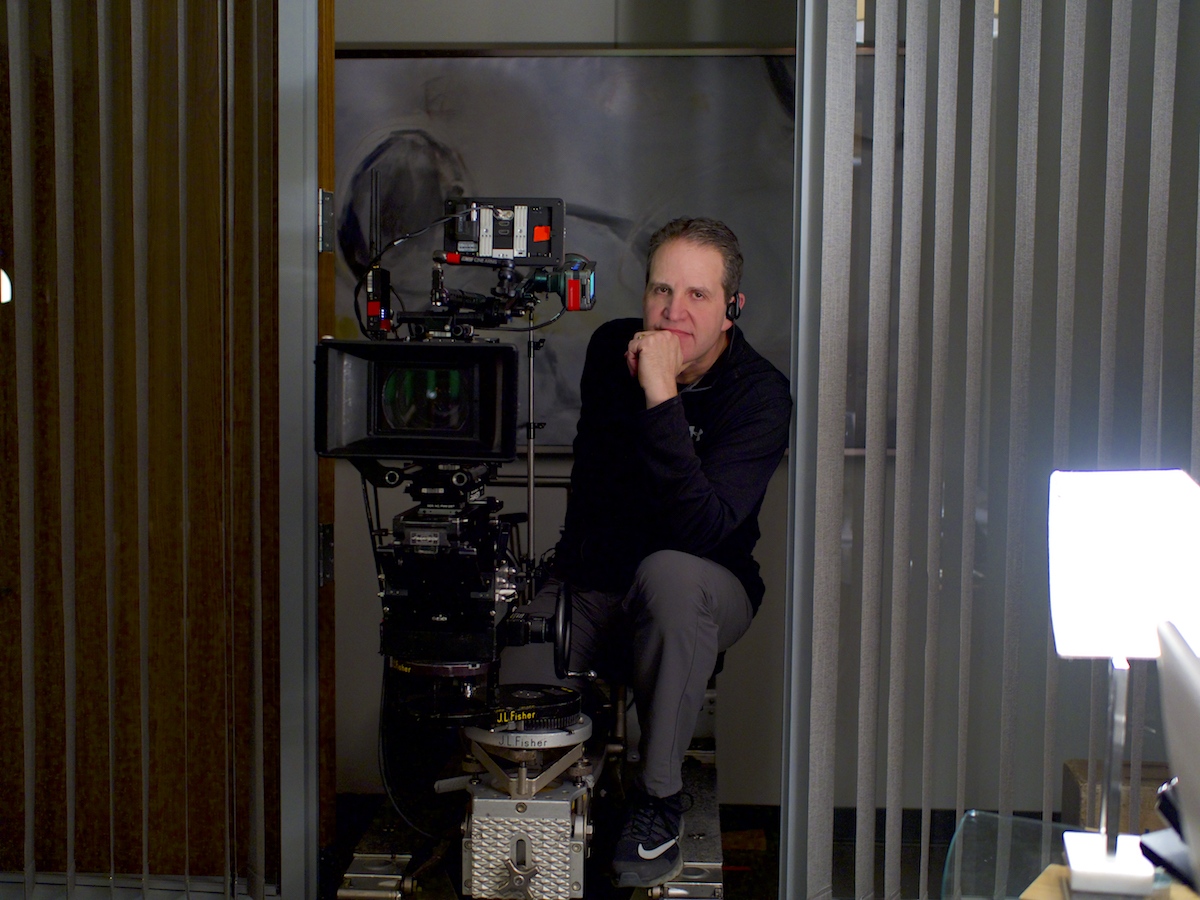
Chris Taylor is quick to note that the free-driving video should not leave viewers with the impression that disabling the airbags of a picture vehicle is an acceptable safety solution to free driving. “Operating a camera in a moving ‘free driving’ vehicle in any position other than that of a normal forward-facing passenger with a seat belt is unsafe in an accident, with or without an airbag,” he insists. “In this situation, one only needs to imagine the airbag be substituted with the dash and windshield of the vehicle. I’ve also heard from grips and Transportation that disabling an airbag may carry with it legal liabilities, as it is considered ‘tampering’ with a safety device.”
Either way, the problem persists, particularly in the Unscripted genre, where one-on-one handheld with subjects out in the real world dominates. As Guild DP/Operator Brennan Maxwell, SOC, shares: “Shooting the show Restored for DIY, we were doing our wraps with the host, who was self-driving. I was filming from the passenger’s side backward with no seatbelt. We’d done this a couple of times a week, for the entire season. About two-thirds of the way through the season, the ICG safety email about free driving came out, and I told the producer how unsafe these shots were, and we shouldn’t do them. The answer he gave me was that ‘it’s a good thing this isn’t a union show,’” Maxwell says incredulously. “It wasn’t just about me but building a culture of safer sets. I went to another producer, and this time they asked me for other options on how to accomplish the same task and said we didn’t have to do it unsafely anymore.”
Extended takes with heavy equipment is another safety issue being addressed with great success. Local 600 Business Representative and Technology Expert Michael Chambliss says that after “addressing extended takes was negotiated into the new Video Tape Agreement, the Industry-Wide Labor-Management Safety Committee hired an ergonomics expert to tour sets with business reps of multiple IATSE locals, and producers’ representatives, to help develop guidance for proper practices.” [Another industry-wide safety bulletin is being developed that incorporates the ergonomics data.]
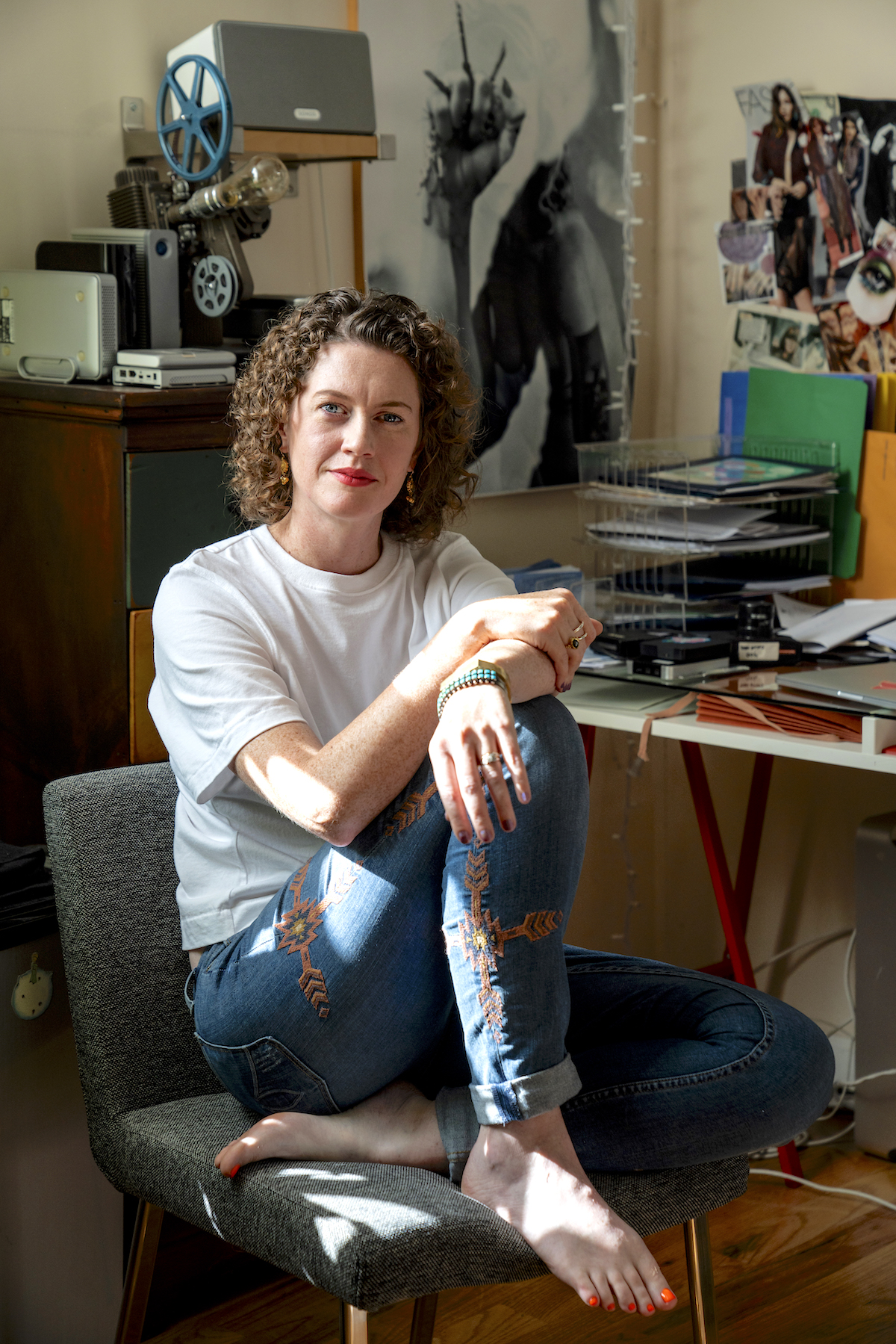
Such efforts can’t come soon enough for operator Selene Richholt, SOC (ICG Magazine, December 2018, Generation NEXT), who, after taking over as DP on the non-union unscripted BET show Hustle in Brooklyn, attempted to switch out the Panasonic Varicam 35 (which is not designed for handheld) to the Varicam LT, which is half the weight. And producers wouldn’t do it.
For another reality series, America’s Next Top Model, Richholt stood her ground. “We were shooting with Sony F55s and Canon 17-120 zooms,” she recalls. “Built out, the cameras were almost three feet long and weighed 35 pounds, and it was a pre-production/rental house/budget decision.”
Richholt says the rig as built resulted in the show’s operators being under cameras that were heavier or more cumbersome than they needed to be. She references one day, outside of the studio, where operators were asked to jump into a Mercedes Sprinter van with the cast and shoot in the car on the way to locations.
“The cameras weren’t secured,” Richholt explains. “They’d been hand-holding or more accurately, lap-holding, these giant cameras, and I resisted. At the end of the day, I went to the First AD and the director and explained the situation. Our operators had side-barred and discussed what an alternative could be, and we decided that we would be okay filming with a smaller camera.”
The team was able to switch to smaller-footprint units, like Canon 5Ds and GoPros. “I was shocked by how quickly they agreed to it,” Richholt smiles. “It was barely even a discussion. They both said, ‘Of course, we will do that from now on. The safety of our cast and crew is paramount.’”
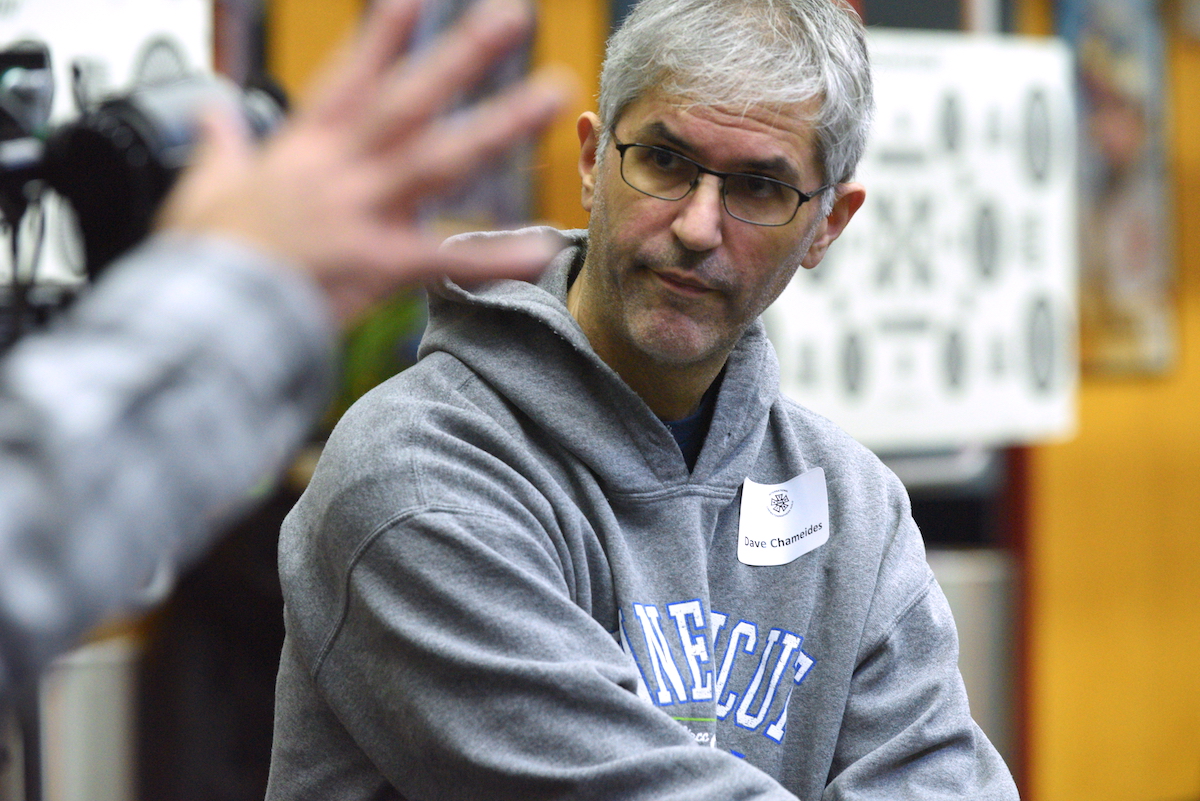
Dave Chameides (who was part of the Happyish crew) recalls an un-named pilot for the SyFy Channel, where in the 14th hour of a long day, at 3 a.m., “we were doing a scene indoors – a pawn shop cut in half with glass,” he explains. “Robbers are supposed to come in and set off flares, and we did it twice. We were resting between takes, and the dolly grip suddenly held up his phone. He had pulled up the SDS (Safety Data Sheet) for flares, which showed them to be ‘toxic’ and ‘unsafe’ indoors. We went to the AD, and then Special Effects, and were told, ‘Oh, we do this all the time.’ When the producers were brought in, we all expected a big fight.” But the producers’ first question was: “Do you feel this is unsafe?” When he received a unanimous “hell yeah!” his answer was: “We don’t do things that are unsafe because we didn’t plan well. Let’s come up with another way.”
Chameides says he learned a valuable lesson that day, something every union film worker should remember: Carefully considered language will protect those afraid to speak up: “I feel this is unsafe for the entire crew – you have a legal situation” and “I believe it’s a liability.”
“That second one really opens the door when a crew is in a situation, because it creates a legal framework that can no longer be denied,” Chameides explains.
“The way this industry is set up now, safety is a constant concern,” adds 1st AD Robert Albertell, a DGA member working on the long-running CBS hit, Madam Secretary. For Albertell, getting the production what it wants, safely, is all about experience. Even the DGA’s own Safety Course isn’t enough. “While Madam Secretary isn’t a stunt- or effects-driven series,” he offers, “there are elements that must be addressed correctly. We recently had an episode where a car is blown up, and I worked closely with the show’s producers to ensure the stunt was completely safe.”
Those efforts began with scheduling, “to make sure we had time to test, and for layers of prep meetings,” Albertell recounts. “We allowed time for special effects and the stunt team to set up and rehearse – 15 times before I was satisfied that everyone had their cues and knew when SFX would blow the car. We also had enough stunt people – who knew what they were doing – to drive in the traffic around the blowup.”
Albertell insists proper on-set safety takes time, money and, most importantly, “an educated voice willing to stand firm if things appear unsafe,” he adds.
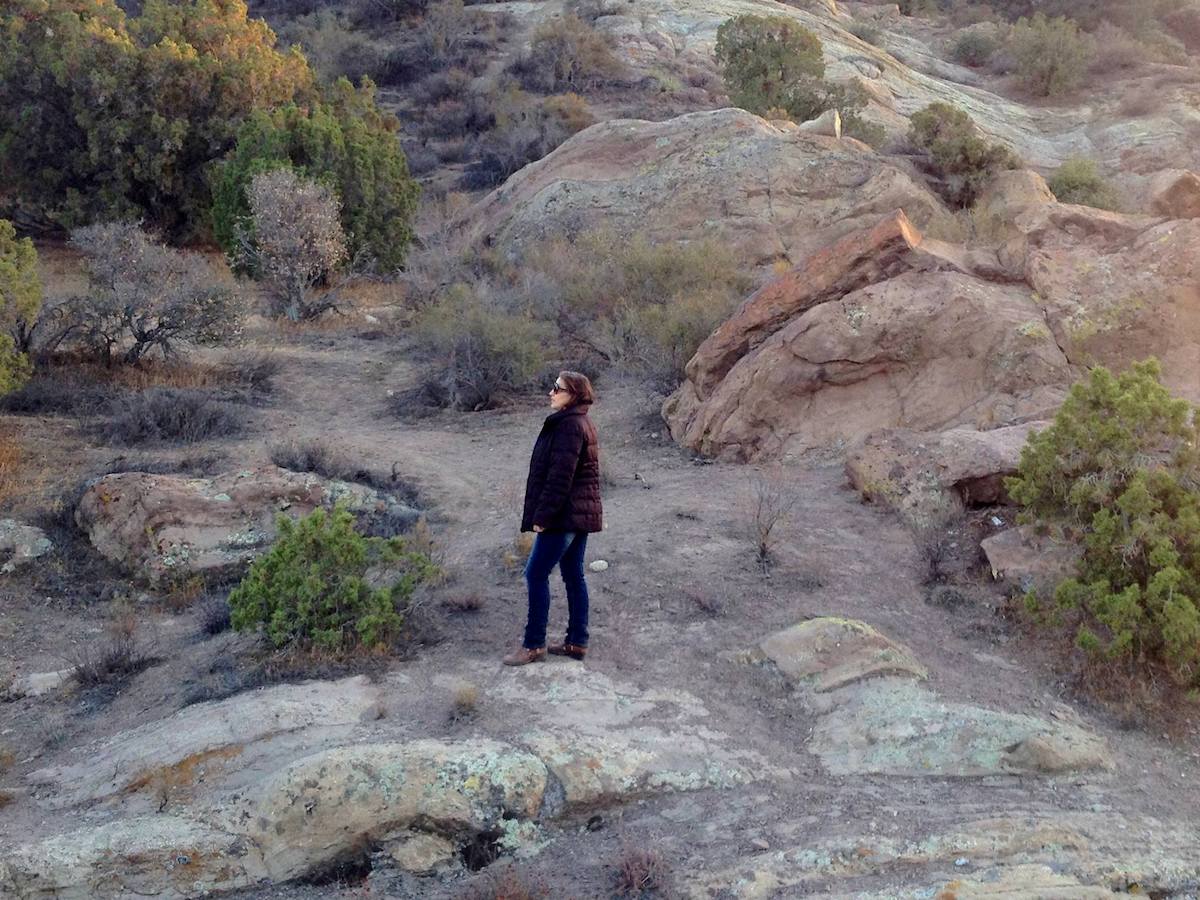
Producers must stand firm for safer sets as well. Or as Producer Thomai Hatsios, an outspoken participant in the Safety For Sarah and David Allen Grove’s Facebook Safety pages, relates: “Producing can be like parenting a teenager, which can be fun.”
True crime, a genre that Hatsios says can be “dangerous and messy,” is of prime concern. “What works for me when safety protocol resistance comes up,” she explains, “is to inform the production company that I’m protecting them from being charged with criminally negligent homicide if someone is killed, or child endangerment charges when labor laws are being challenged on set.”
Hatsios says a competent producer will think along the same lines as a safety-minded 1st AD, which means identifying issues in prep and urging all departments to work together to prevent unsafe situations. It’s not one unsafe decision that creates a hazardous workplace; it’s the accumulation of last-minute bad decisions that leads to tragedy.
“Not too long ago I was producing a series, and the director and showrunner wanted to change the first scene of the day to an exterior,” Hatsios remember. “It included two actors playing cops, in picture vehicle cop cars, pursuing actors who are playing criminals, who would be hanging out of a car, and then running with realistic looking Glocks [handguns] through the streets of Pasadena. The change request came to us at 5:30 p.m., the night before the morning scene.
“The AD and I said we either needed to push the scene to another day – to get the proper permits, hire stunts, hire police officers, put up a barricade – which would take us over budget and off schedule, or remain interior,” she adds. “The change was dangerous.”
In fact, Hatsios says the showrunner’s response was to “take the day off” so the scene could be shot guerrilla style. “Even if we were to ‘take the day off,’” Hatsios bristles, “the actors would still be in danger. When the showrunner said, ‘We’ve never had this problem on other shows,’ I patiently explained how following safety protocols would protect the company. It all ended with the EP approving the additional costs to shoot the scene as an exterior another day. Had the EP not approved the budget, and the director and showrunner insisted on shooting in a way that endangered the actors, we would have had to call the Sheriff’s Department to shut it down. The message producers must share is, ‘If you see something, say something.’ It’s important we empower our cast and crew to speak up by creating a ‘safe space’ environment.”
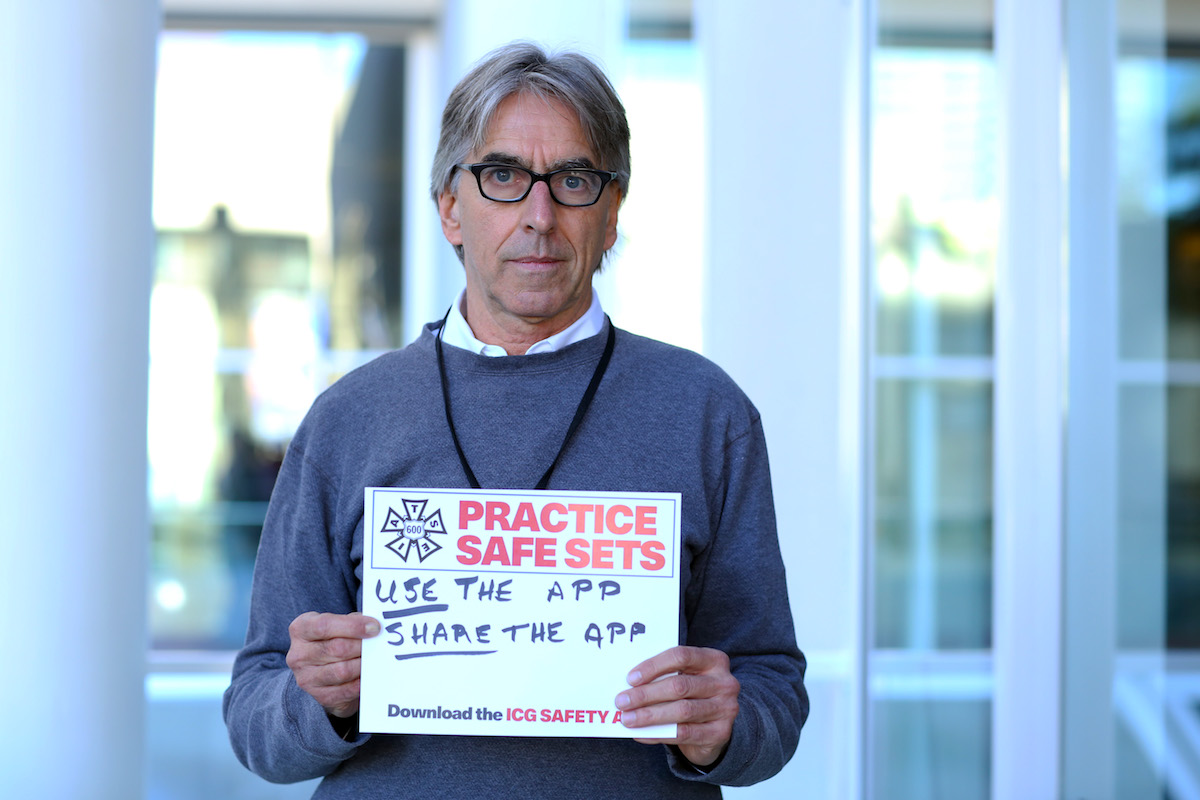
Social media has been game-changer for those hesitant to speak out. Links like Safety Pages on Facebook, which David Allen Grove, a Local 600 operator, created and co-administers with Dan Kneece, SOC, and others. The sites, “I Refuse To Work on Midnight Rider! For Sarah!”– 7,000 members strong and counting – “Sarah Jones Safety Verification System” and the long hours “I Refuse To Work Abusive Hours” link have all become online hubs for safety education, reporting and key advice. Grove says one camera assistant posted “that he was concerned about filming in the street when they didn’t have a police presence to control traffic. He brought up his concerns to the AD and the AD said, ‘You worry about your job,’ and that was it. After posting on our Facebook page and getting advice from several members, he left the show the next day.”
Another person working on a film on a remote Hawaiian location contacted Grove through a private message about unsafe hours, and crew members driving two hours each way to get to work and back. “Some were so tired they decided to sleep in their cars in the parking lot,” Grove relays. “The person reported that four people had fallen asleep at the wheel in just one week and crashed their cars.”
Grove says he reported the complaints to a rep at the Guild, and that person immediately contacted a rep in Hawaii. “Fortunately, the reps in Hawaii were on top of things,” Grove adds, “and within three weeks of reporting, I heard back from this crewmember that the hours had improved, and they were getting hotels for those in need.”
Speaking up, posting articles about on-set accidents, calling the union, and creating a Safe Buddy System – through Facebook, Twitter, Instagram, or word of mouth – are strategies all of these safety heroes have put into practice.
So is education.
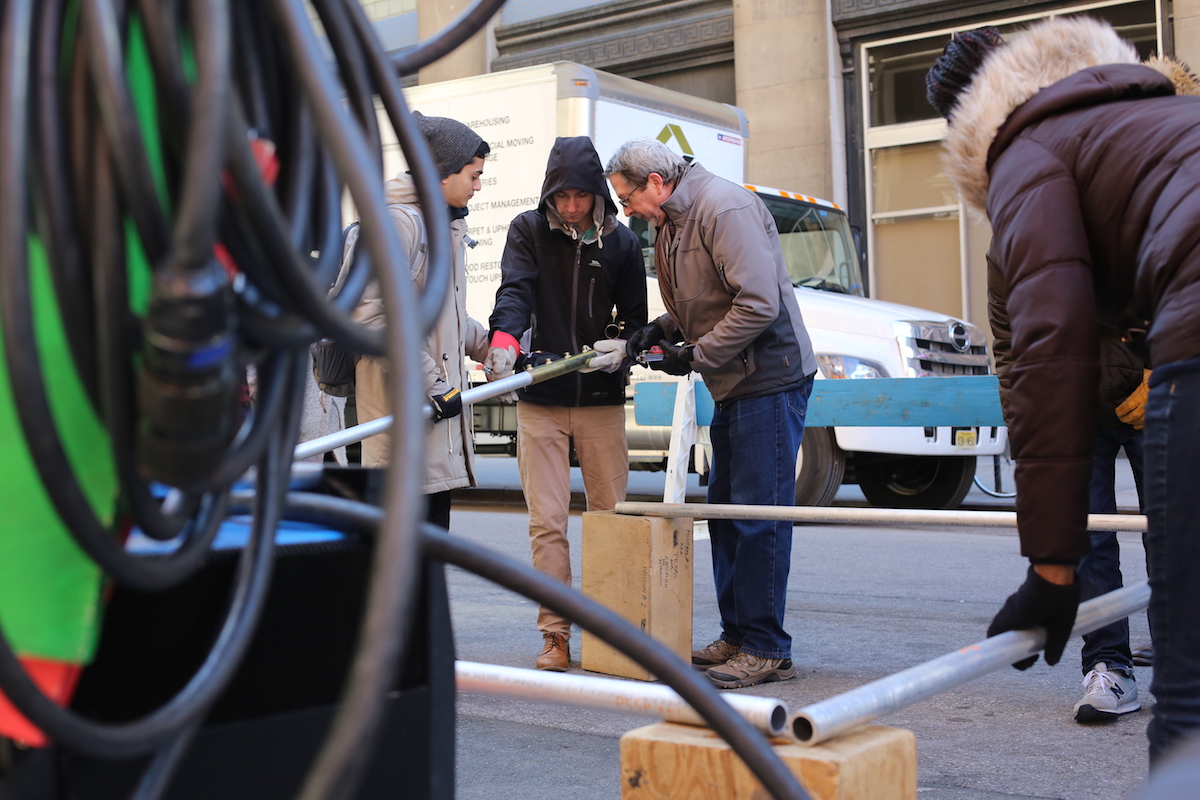
Local 600 member Ted Wachs has been grooming film students in his mandatory safety classes at New York University’s Tisch School of the Arts (See Camera Angles, Spring 2019). Wachs’ efforts began after an NYU electrician on a student film suffered fatal injuries. He was standing in the mud without the proper shoes on a shoot where it had rained for a week.
“The NYU office of insurance and list management told the school they wouldn’t be insured, and that NYU wouldn’t be a production school, without proper supervision,” Wachs recalls of the tragic incident. “Local 600 Cinematographer Geoffrey Erb helped the school establish a Safety program. And, since I came on, first as a consultant in 2010, and now full time – every student must take an intensive safety class.”
There are other safety concerns percolating – the danger of radio frequency waves, blue light from LEDs, strength training, and more. That’s why Local 600’s Safety Committee is such an essential part of making this industry a safe place to be employed. “Tackling safety issues head-on requires member involvement,” describes Committee Co-chair Heather Norton. “Anything that helps two-way communication open and document both safe and unsafe practices gives us the tools to win safer and saner working conditions. By dealing directly with productions that have become known for safe or unsafe practices, we can make a real change, immediately, by acknowledging liability and working together to come up with solutions.”
Union safety heroes also advocate for a closer partnership with industry vendors. Case in point: when drone manufacturer DJI revealed an advertising campaign that promoted unsafe practices, they were contacted and immediately removed the ads.
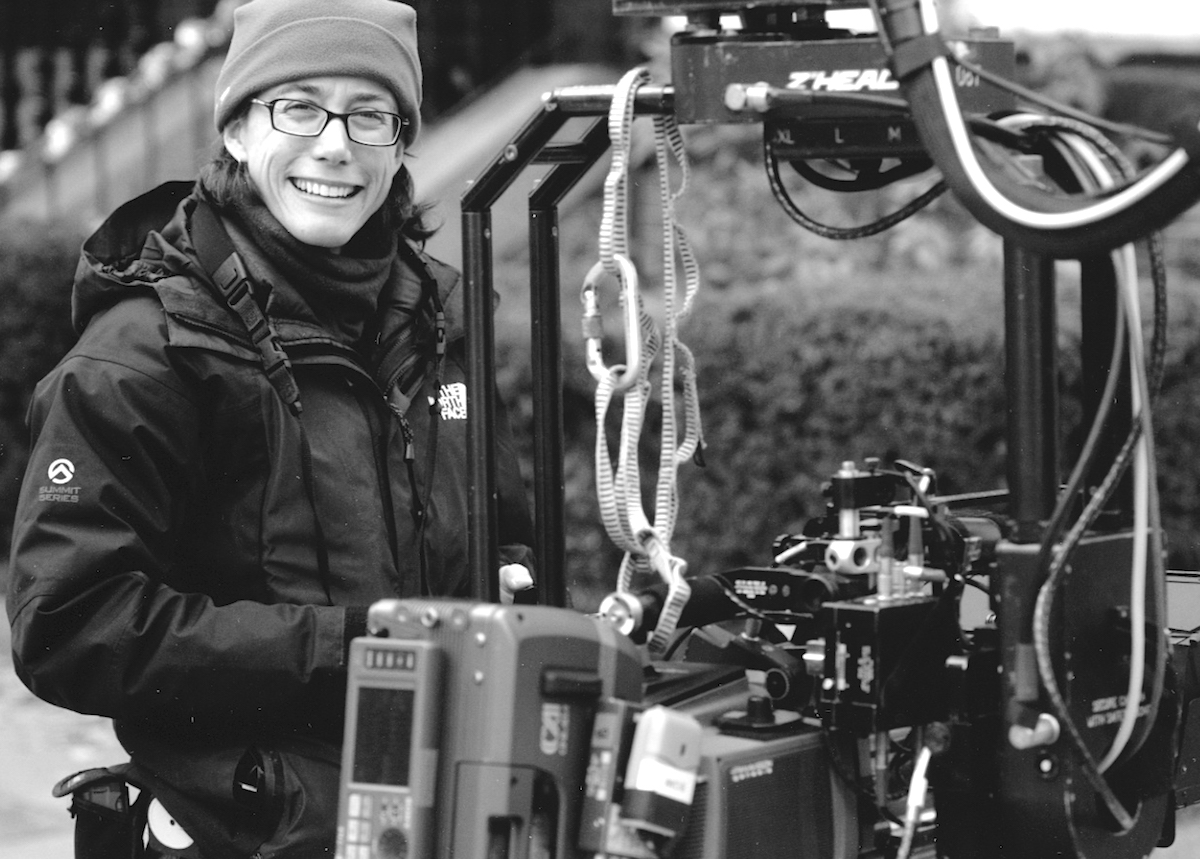
“There are so many safety issues to address,” Norton adds, “and it comes down to members of all IA Locals and Guilds getting the right information and reporting wrongdoings. Our campaign to fight unsafe hours is a great example. It communicates the severity of that issue and gives union members the information – and the ability to report – at their fingertips. Solidarity will force productions to change current practices.” [See Local 600’s Unsafe Hours video.]
Norton says new and ongoing campaigns – like the Local 600 Shop Stewards Program and Mandatory Safety Training for certain crafts – need to be ramped up. “There’s an initiative to educate members about gun safety on our sets,” she adds. “And we’re in the educational stages of dealing with the increasing information about blue light exposure/retinal damage and sleep disruption hazards to any crew member on sets. The list changes as the technology changes.”
The longtime New York City-based AC, who began her career in the early 1990s, when safety was often an afterthought, concludes that, “even when we find solutions, it’s only a solution if it is adhered to. Do you know what toxins are on your camera truck, or on your set? Do you have a list of those toxins posted at the door? Do you know why this paperwork is required on every truck and in every stage? If you are on the roster you do, but that education is only mandatory for our Western Region members.”
That’s why Norton, Daily, Chameides, Taylor, Gilliard, Hatsios, Grove and so many other safety heroes across all industry unions and guilds are standing up, speaking out, and advocating for best practices in every industry genre and format. After all, clichés like the often-heard “Safety is no accident”come about because they’re true!
